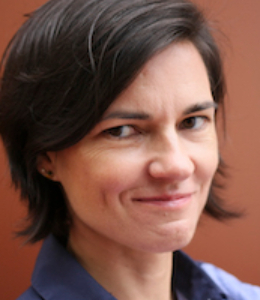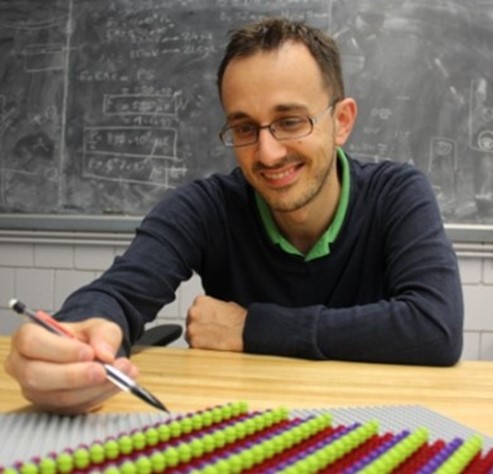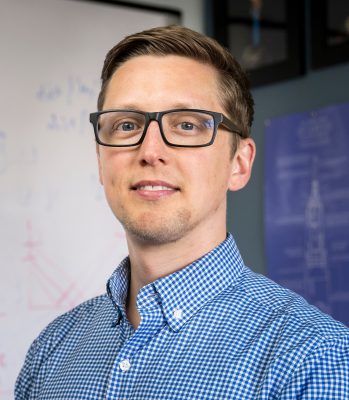 Abstract: The most recent round of climate model physics development at the NASA Goddard Institute for Space Studies (GISS) relied heavily on a library of large-eddy simulation case studies that served as observationally informed benchmarks for the ModelE3 climate model in single-column model mode. Parameter uncertainties were then inputs to an atmosphere-only multi-parameter tuning against satellite data sets, guided by machine learning. Large-eddy simulation case studies are also serving as testbeds for improving understanding of mixed-phase cloud microphysical processes, developing satellite retrieval algorithms, and testing ground- and spaceborne radar and lidar forward simulation software for the GISS climate model. Ongoing work is leading to new and improved case studies for GISS climate model development and other community uses.
Abstract: The most recent round of climate model physics development at the NASA Goddard Institute for Space Studies (GISS) relied heavily on a library of large-eddy simulation case studies that served as observationally informed benchmarks for the ModelE3 climate model in single-column model mode. Parameter uncertainties were then inputs to an atmosphere-only multi-parameter tuning against satellite data sets, guided by machine learning. Large-eddy simulation case studies are also serving as testbeds for improving understanding of mixed-phase cloud microphysical processes, developing satellite retrieval algorithms, and testing ground- and spaceborne radar and lidar forward simulation software for the GISS climate model. Ongoing work is leading to new and improved case studies for GISS climate model development and other community uses.
Biographical Sketch: Dr. Fridlind’s studies of cloud microphysical properties and processes have concentrated at the intersection of detailed models and rich observational data sets, with an emphasis on aerosol-cloud interactions in ice-containing clouds that are most relevant to climate. Her studies have spanned mixed-phase stratiform clouds from Arctic to Antarctic, tropical to mid-latitude deep convection, mid-latitude continental cumulus and synoptic cirrus, and subtropical stratocumulus. She is a developer of ice microphysics schemes in the DHARMA large-eddy simulation code and, more recently, ice- and mixed-phase microphysics and macrophysics of stratiform clouds in the GISS ModelE3 Earth system model.

 Abstract: Accurate simulations of combustion and reacting fluid flows require complex, multi-step chemical kinetic models for describing the coupled chemical reactions. These models are often large and mathematically stiff, and contribute to the overall high computational expense of simulating practical phenomena relevant to energy, transportation, and aerospace applications. In this talk, I will introduce these issues, summarize the state-of-the-art in methods used to reduce computational costs, and describe some recent contributions from my group on adaptive preconditioning to accelerate implicit integration of stiff chemical kinetics. I will discuss how these developments, and others, are available in the open-source library Cantera. Finally, I will discuss how my group has extended strategies and methods from combustion modeling to other domains such as modeling of neutron transport and ocean biogeochemistry.
Abstract: Accurate simulations of combustion and reacting fluid flows require complex, multi-step chemical kinetic models for describing the coupled chemical reactions. These models are often large and mathematically stiff, and contribute to the overall high computational expense of simulating practical phenomena relevant to energy, transportation, and aerospace applications. In this talk, I will introduce these issues, summarize the state-of-the-art in methods used to reduce computational costs, and describe some recent contributions from my group on adaptive preconditioning to accelerate implicit integration of stiff chemical kinetics. I will discuss how these developments, and others, are available in the open-source library Cantera. Finally, I will discuss how my group has extended strategies and methods from combustion modeling to other domains such as modeling of neutron transport and ocean biogeochemistry.